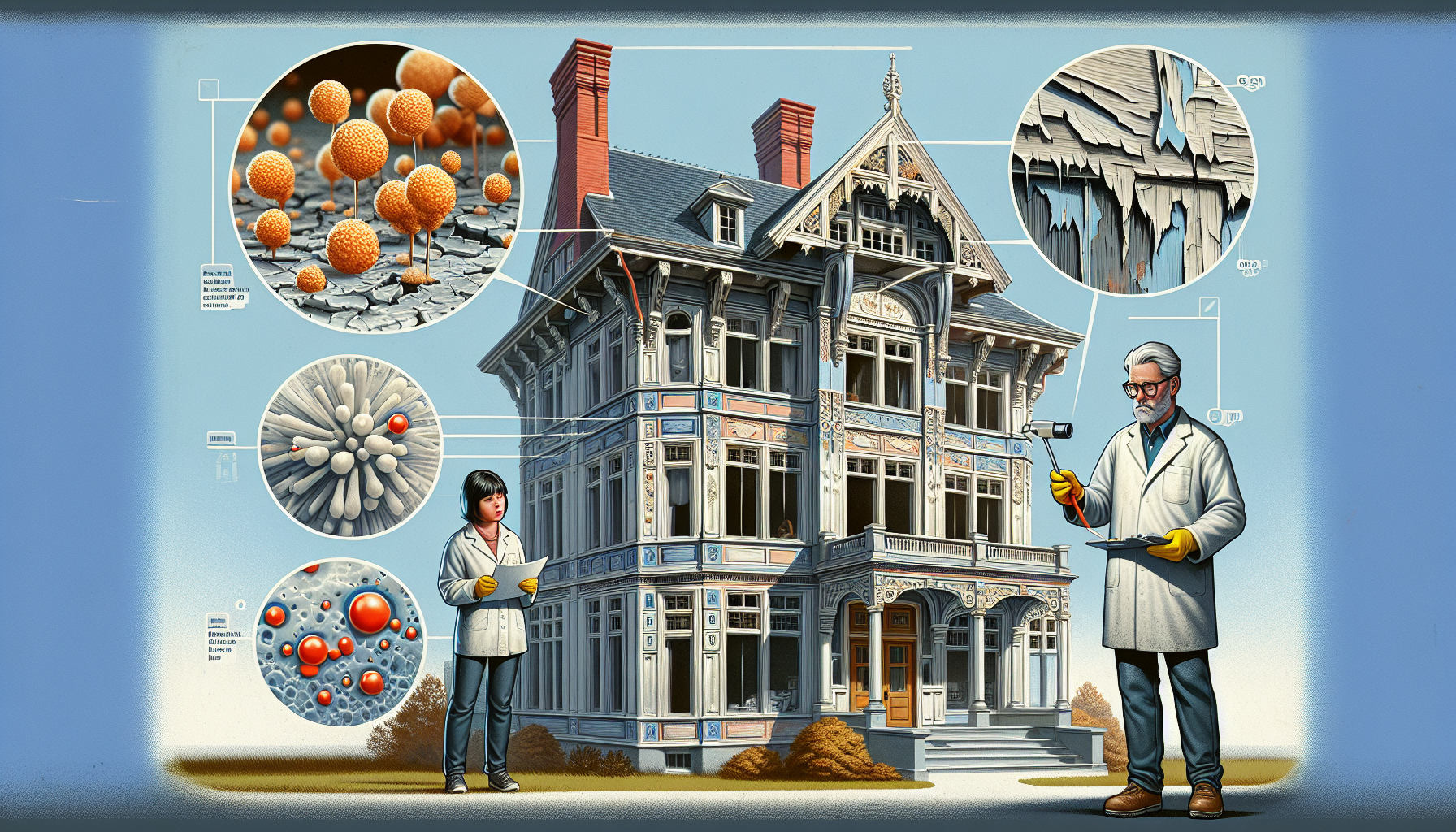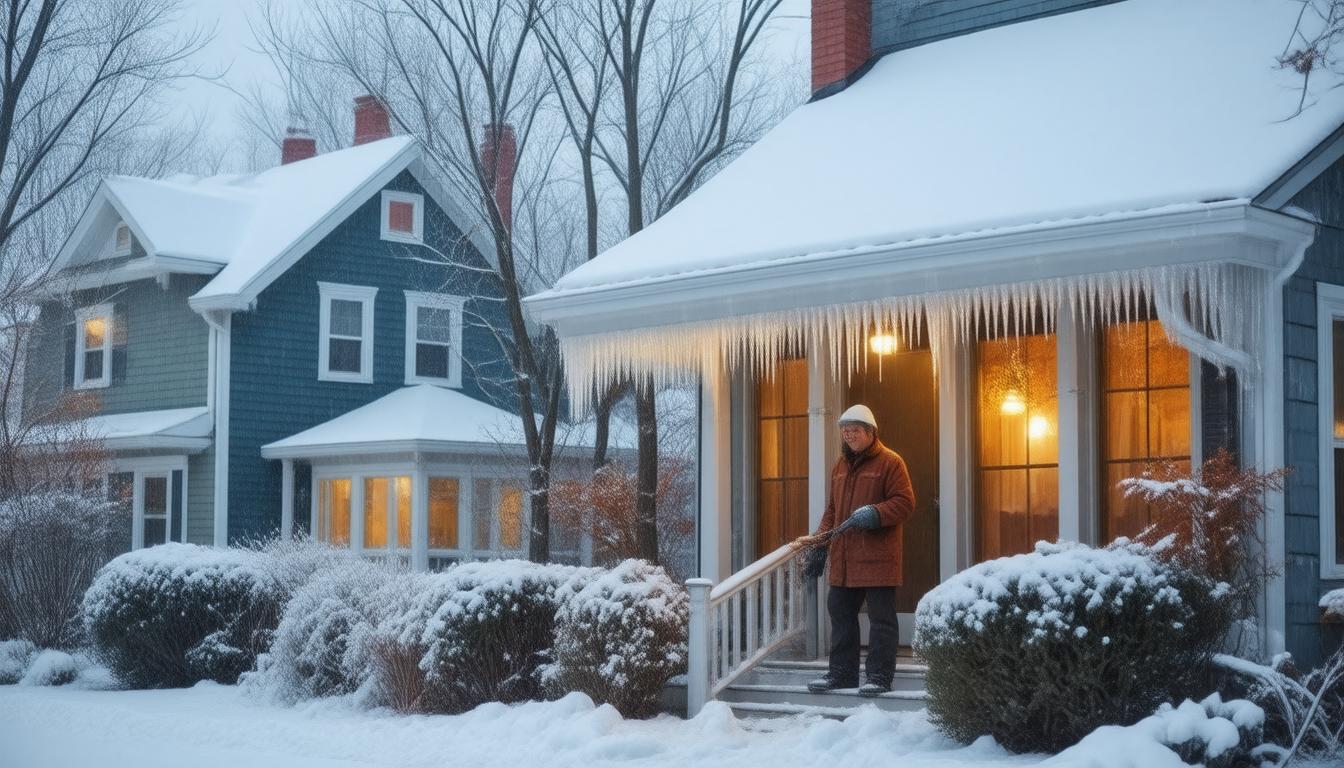
Historical Use of Lead Paint in Homes
Lead-based paints were once prized for their durability, opacity, and vibrant color. Their use in residential buildings was particularly common before the 1970s, when the true hazards of lead became more widely recognized. In historic homes, this type of paint was applied to a variety of surfaces including walls, doors, window frames, and even furniture. Despite its bans and regulations in successive years, lead paint remains a lurking danger in these older properties, potentially impacting generations of inhabitants with its toxic legacy.
Health Hazards Posed by Lead
The risks associated with lead exposure cannot be understated. Even small amounts of lead can have detrimental effects, particularly on children. It can result in a spectrum of health issues, including neurological damage, developmental delays, learning difficulties, and behavioral problems. For adults, exposure to lead can cause reproductive issues, high blood pressure, and nerve disorders. Its capacity to accumulate in the body over time makes lead a particularly insidious threat, one that demands both attention and action.
Identifying Lead Paint in Your Home
Identifying lead paint can be a challenge, as it may have been painted over with multiple layers of newer, non-lead-based paint. Telltale signs include a distinctive cracking pattern known as “alligatoring,” as well as chipping or flaking that reveals older layers of paint. Testing for lead paint can be done in two ways: through at-home test kits, which give a preliminary indication, or through professional assessments using specialized equipment. Regardless of the method, determining the presence of lead paint is a critical step in managing its risks.
Safe Handling and Removal of Lead Paint
Removal of lead paint requires careful handling to prevent particles from becoming airborne or getting into the soil around the home. There are several methods of removal, including wet scraping, chemical stripping, and encapsulation. Hiring certified professionals who follow strict safety guidelines is essential to ensure the containment and disposal of lead-based materials. Never attempt to sand lead paint or use heat guns at high temperatures, as these methods can release toxic lead dust into the environment.
Preventive Measures and Ongoing Maintenance
For homes with lead paint that’s in good condition and not chipping, ongoing monitoring and maintenance can be a practical approach. This may include regular inspections and the application of sealants or new layers of non-lead paint to encapsulate the hazardous layers beneath. For any renovation or repair work in homes with potential lead paint, it’s important to follow Lead-Safe Certified practices to avoid stirring up lead dust or causing exposure.
Navigating Legal Requirements and Resources
Many countries have strict regulations regarding the disclosure of lead paint in properties, particularly at the time of sale or rental. As a homeowner, it’s your responsibility to be informed about the relevant laws and to ensure compliance. Additionally, look out for local resources and support programs that may offer financial assistance or guidance in lead paint testing and remediation.
In conclusion, the risks of lead paint in historic homes present a significant health threat that requires awareness and proactive management. Through proper identification, safe removal, and vigilant maintenance, homeowners can mitigate the dangers and preserve the charm and integrity of their historic properties. It’s a delicate balance between celebrating the past and protecting the future, but with informed steps, it’s possible to achieve both safely.







